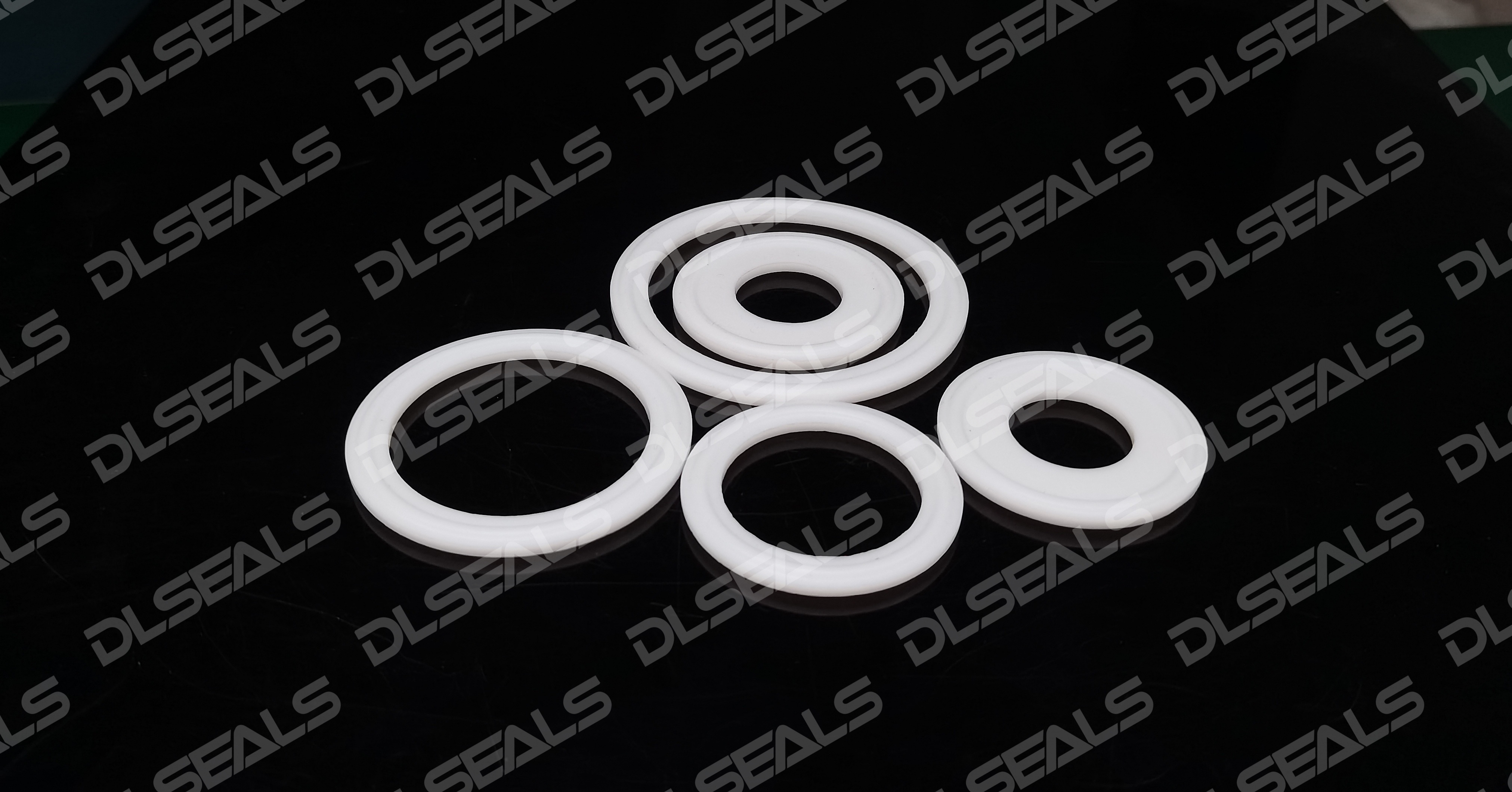Sealing rings play a vital role in food processing, packaging, storage, and household kitchen appliances. They are not just barriers against leaks but also the first line of defense in safeguarding food safety. Unlike standard sealing rings, food-grade sealing rings must adhere to a series of stringent standards. This article details the essential properties of food-grade sealing rings and introduces common materials to help you make the correct choice.
I. Core Properties of Food-Grade Sealing Rings: Safety is Fundamental
The core requirements for food-grade sealing rings can be summarized as: Safety is the prerequisite, performance is the foundation, and durability is the key. Specifically, they must possess the following six characteristics:
- Absolute Food Safety
- Non-Toxic and Harmless: The material itself must not contain or release substances harmful to human health, such as heavy metals (lead, cadmium, mercury, etc.), harmful plasticizers (phthalates), BPA (Bisphenol A), etc.
- Odorless and Tasteless: They must not transfer their own odor or taste to the food, affecting its original flavor.
- Compliance with International Certifications: Must pass strict regulations for food contact materials. Common certifications include:
- US FDA Standards: e.g., FDA 21 CFR 177.2600.
- EU Standards: e.g., Regulation EU 10/2011 and Germany’s LFGB certification.
- Chinese National Standards: GB 4806 series.
- Excellent Chemical Stability
- Must withstand contact with various food media, such as acidic beverages, edible oils, alcohols, alkaline cleaning agents, etc., without swelling, corroding, deforming, or losing performance. For example, rings sealing edible oil must have excellent oil resistance.
- Superior Physical and Mechanical Properties
- High Elasticity and Resilience: This is the basis for effective sealing, ensuring a tight fit under pressure and quick recovery.
- Low Compression Set: Refers to the ability of the seal to return to its original shape after prolonged compression. A lower value indicates better anti-aging ability and longer service life.
- Appropriate Hardness and Strength: Ensures the seal is not easily torn or permanently damaged during installation and use.
- Broad Temperature Resistance Range
- Needs to adapt to various temperature conditions in food processing, from low-temperature freezing (-60°C) to high-temperature cooking, sterilization (over 100°C), and even baking (over 200°C).
- Good Durability and Anti-Aging Properties
- Must resist aging and cracking caused by environmental factors like oxygen, ozone, and ultraviolet light, extending service life.
- Ease of Cleaning
- The surface should be smooth and non-porous, resistant to food residue accumulation and bacterial growth, and easy to clean and disinfect.
II. Common Materials for Food-Grade Sealing Rings
Different applications require sealing rings made from different materials. Here are some of the main options:
1. Platinum-Cured Silicone Rubber – The Benchmark for High Safety
- Properties: Produced using a platinum catalyst, it is the highest grade of food-grade silicone.
- Advantages: Extremely pure, non-toxic, odorless, resistant to high and low temperatures (-60°C ~ 250°C), highly transparent, flexible, and offers excellent biocompatibility.
- Disadvantages: Higher cost, relatively low mechanical strength (tear resistance), not resistant to strong alkalis and long-term steam exposure.
- Applications: Baby bottle nipples, medical devices, high-end water dispensers, coffee machines, baking molds, applications involving direct contact with sensitive foods.
2. EPDM (Ethylene Propylene Diene Monomer) – The Expert in Resisting Steam
- Properties: A versatile food-grade synthetic rubber.
- Advantages: Excellent resistance to ozone, weathering, aging, and especially steam, cost-effective.
- Disadvantages: Not resistant to oils and most solvents.
- Applications: The preferred choice for hot water and steam environments. Widely used in CIP (Cleaning-in-Place) systems in the beer, beverage, and dairy industries, cooking equipment, and autoclaves.
3. FKM (Fluoroelastomer/Viton®) – The “King” for Harsh Environments
- Properties: A high-performance elastomer known for withstanding extreme conditions.
- Advantages: Outstanding resistance to high temperatures (up to 200°C+), oils, acids, alkalis, and solvents. Can withstand almost all food media.
- Disadvantages: Expensive, elasticity decreases at low temperatures.
- Applications: Used in harsh environments involving contact with oils, aromatic solvents, or requiring extreme heat sterilization, such as frying equipment, edible oil processing lines.
4. NBR (Nitrile Butadiene Rubber) – The Cost-Effective Choice for Oil Resistance
- Properties: The standard oil-resistant rubber.
- Advantages: Good resistance to mineral oils, vegetable oils, and fats, abrasion-resistant, low cost.
- Disadvantages: Poor resistance to ozone and weathering, not resistant to polar solvents like ketones and esters.
- Applications: Mainly used for sealing equipment handling edible oils and fatty foods, such as oil presses and food packaging machinery.
III. Selection Guide Summary
When selecting a food-grade sealing ring, you can refer to the following decision-making process:
| Material | Core Advantage | Main Limitation | Typical Application Scenarios |
|---|---|---|---|
| Platinum Silicone | Ultimate safety, odorless, high/low temp | High cost,不耐强碱蒸汽 | Medical devices, baby products, high-end beverage equipment |
| EPDM | Best steam/aging resistance, cost-effective | Not oil-resistant | Hot water/steam systems, brewing, dairy equipment |
| FKM (FKM) | Excellent resistance to heat/oils/chemicals | Highest cost | High-temperature oil environments, harsh chemical environments |
| NBR | Oil-resistant, wear-resistant, economical | Poor ozone/weather resistance | Sealing for oily foods, packaging machinery |
Four Key Selection Factors:
- Identify the Medium: What will it contact? Water, oil, acid, alkali, or solvent? This is the primary factor.
- Determine Temperature: Define the maximum and minimum operating temperatures.
- Verify Certifications: Confirm the required food safety certifications (e.g., FDA, LFGB) based on the target market.
- Evaluate Budget & Application: Consider cost, transparency requirements, static/dynamic sealing, and other specific conditions.
In summary, silicone and EPDM are the most common choices for the vast majority of everyday applications. However, FKM is an irreplaceable solution when dealing with extreme conditions like high-temperature oils. Choosing the right food-grade sealing ring is a crucial step in ensuring food safety and extending equipment life.
Post time: Oct-27-2025

